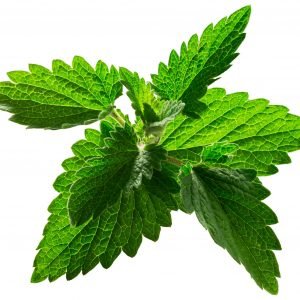19 pages excerpted from Berkowsky’s Synthesis Materia Medica/Spiritualis of Essential Oils.
Topics:
MELISSA: PLANT CHARACTERISTICS And HISTORICAL PERSPECTIVES
MELISSA, HERBAL MEDICINE And AROMATHERAPY
MELISSA And The ASTRAL BODY
MELISSA And The AUTONOMIC NERVOUS SYSTEM (ANS)
MELISSA And The HYPOTHALAMUS
MELISSA And HOMEOPATHIC REMEDY Hypothalamus (Hypoth.)
MELISSA, BEES And HOMEOPATHIC REMEDY Apis mellifica (Apis)
MELISSA And The HEART
MELISSA And HYSTERIA
MELISSA And The ACUTE MIASM
MELISSA And The BINAH-GEVURAH-DAAT INTERFACE




